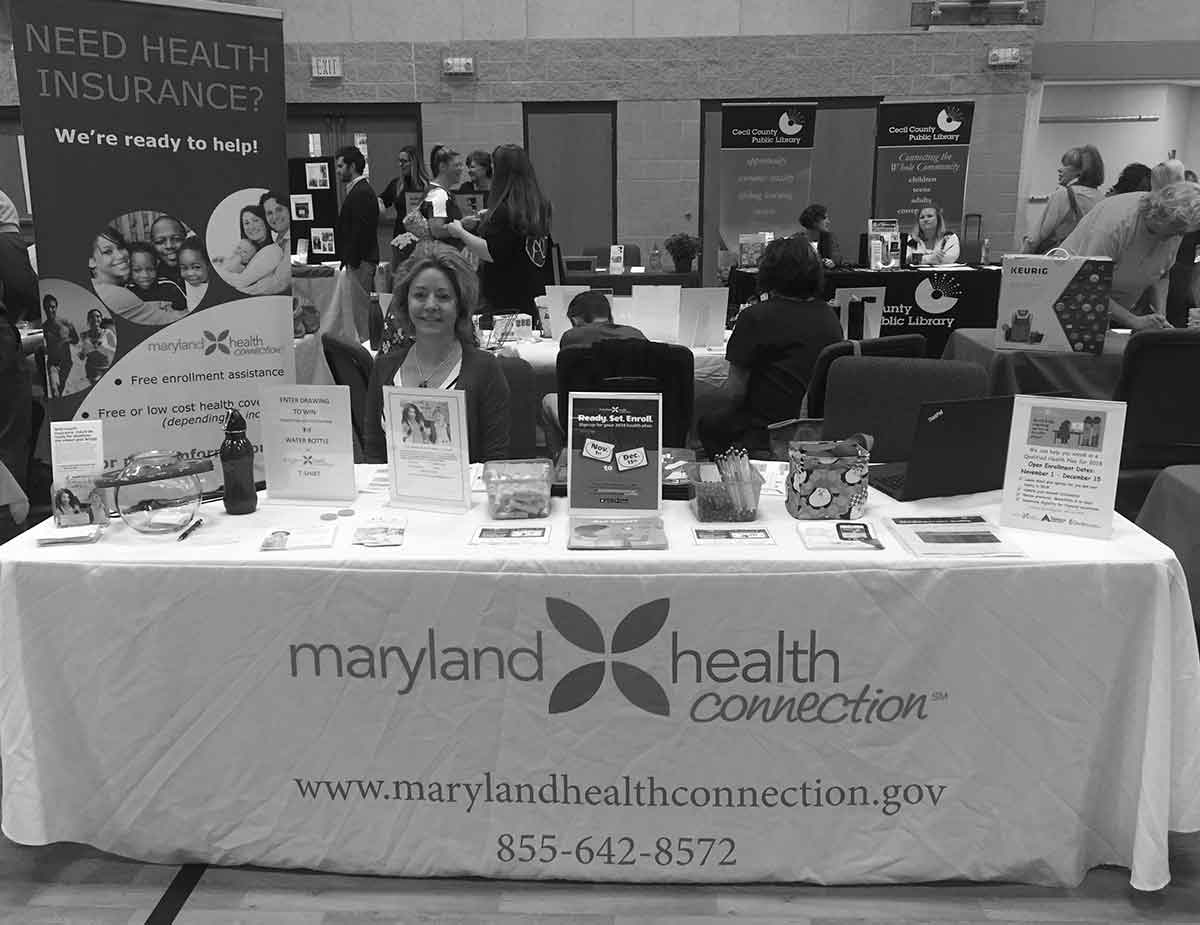MDRC recently issued a research brief, Bridging Access to Benefits and Care in Communities Affected by Drug Use, highlighting a pilot program that was launched in 2018 with funding from the One City Health Innovation Fund in a partnership between Acacia Network, St. Ann’s Corner of Harm Reduction (SACHR) and Seedco. The pilot utilized Seedco’s EarnBenefits Online (EBO) technology to address challenges related to social determinants of health for low-income drug users — challenges such as housing instability, food insecurity, and lack of health coverage. During the pilot period, Acacia and SACHR used EBO to provide benefits screenings to 610 individuals.
Key findings from the report include:
- Technology can help practitioners engage their clients in the community, but to use new technology, organizations must build additional capabilities:
A comprehensive digital tool — EBO — allowed BABC staff members to provide immediate benefits screening to participants in the community and to offer more informed guidance to support their decision-making. Staff members reported that the software was easy to use and that it provided participants with accurate information they could use to take action. They also reported that participants were often surprised to learn about the benefits available to them. However, to access EBO’s online platform in the field, Acacia and SACHR had to build additional technological capabilities, such as the ability to use mobile hotspots and tablets.”
- Improving access to benefits for vulnerable groups may require intensive, continuing engagement to help people navigate enrollment requirements and processes.
“EBO proved to be a valuable tool for staff members to engage members of a high-need population in benefits screening and to help them complete application forms. EBO also provided staff members with automated reminders to follow up with participants and a data system to track their enrollment status. However, BABC staff members reported that they followed up with varying frequency and intensity depending on participants’ needs and desires to engage, and that they were not always able to reach participants after the screening for various reasons. For example, some participants were transient, and the addresses or phone numbers available for them
were not current.”
Read the full research brief here. MDRC also produced a short video about the pilot, which can be viewed here.










